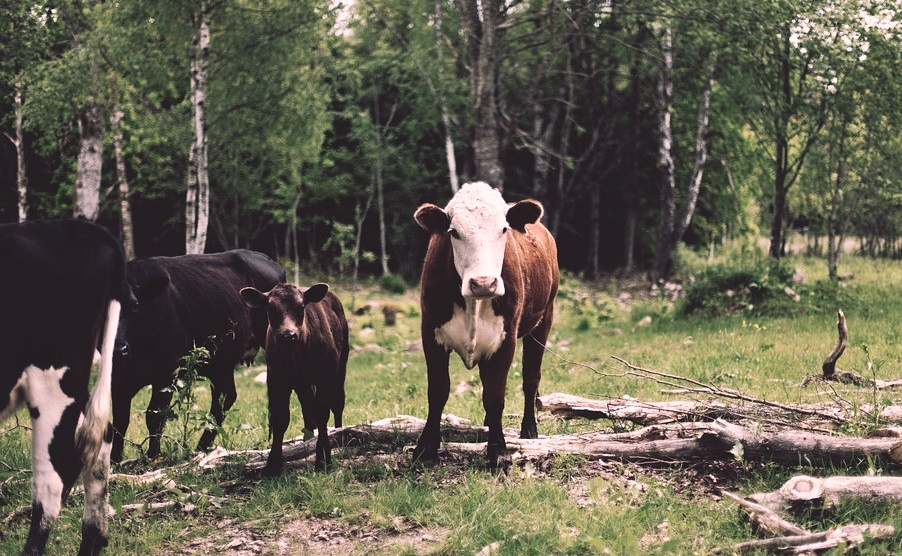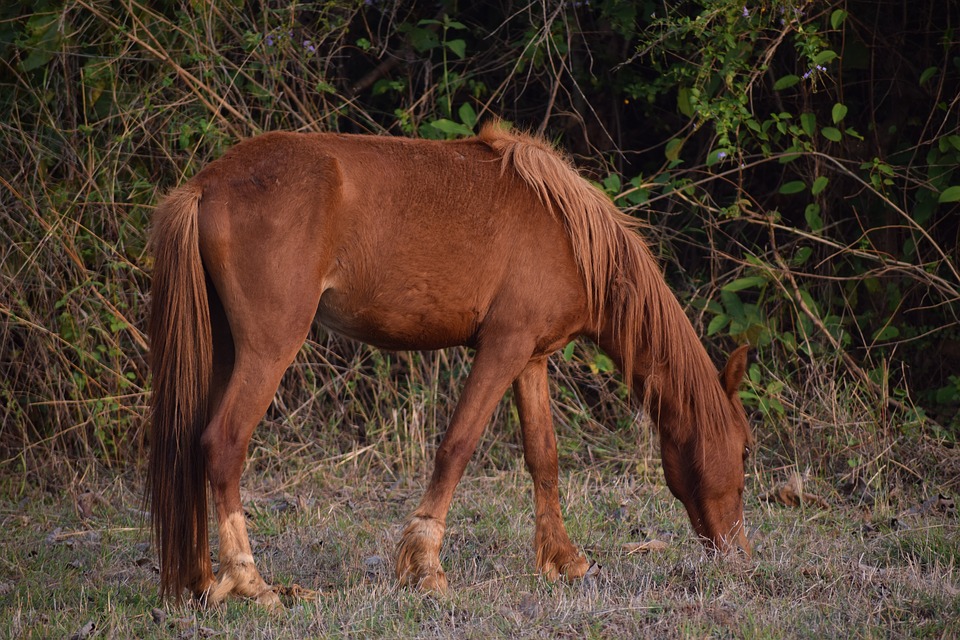The investigation has pulled in Oregon State Police as well as the U.S. Forest Service because the cattle were grazing on a federal allotment in the Malheur National Forest.
Diana Kruzman
Mysterious Oregon cattle killings, mutilations alarm ranchers
When the first dead bull turned up at the end of July, it didn’t raise an alarm at the Silvies Valley Ranch in Seneca, Ore.
Cattle sometimes die suddenly on the ranch’s 140,000 acres in Harney County — struck by disease or felled by a broken leg and unable to find a way out of the rugged, forested terrain.
But by the time ranch hands discovered four more dead bulls within 24 hours, they knew they were likely dealing with deliberate, premeditated killings.
They’re still baffled by the circumstances. There were no wounds. No signs of a struggle. And the bulls’ genitals and tongues had been carefully removed.
The killing and mutilation of the 4- and 5-year-old Hereford bulls in the prime of their productive lives has since spurred a multi-agency investigation in eastern Oregon, but detectives have turned up no leads and haven’t yet even settled on a cause of death.
“How somebody put these bulls on the ground at what would be arguably a fairly close range — and to do it in a way that didn’t leave any signs, no trace evidence, no footprints, no struggle marks from the animal, no broken limbs — I have no idea,” said Colby Marshall, vice president of the Silvies Valley Ranch.
The mystery deepens because there’s no obvious reason someone would want those animal parts. They aren’t prime targets for black market sales, authorities said.
The deaths are eerily similar to a rash of livestock killings and mutilations across the West in the 1970s, when hundreds of cows and bulls turned up dead, also of seemingly unknown causes and with their genitals and tongues missing.
Back then, theories ran the gamut from a government conspiracy and UFOs to natural deaths and scavengers. Today, the circumstances at Silvies Valley Ranch point to humans as the probable culprits because of the precise cuts on the bulls.
Anything else for now is speculation, including ideas of what might have killed a bull without leaving marks. Marshall said he wonders if the killer used poison darts.
“We think that these are very sick and dangerous individuals and they need to answer for this horrible crime,” he said.
Silvies Valley Ranch, about 40 minutes north of the county seat of Burns, Ore., has put up a $25,000 reward for information on the bull killings that leads to an arrest and conviction, and the Oregon Cattlemen’s Association has offered its own $1,000 reward.
The investigation has pulled in Oregon State Police as well as the U.S. Forest Service because the cattle were grazing on a federal allotment in the Malheur National Forest.
The ranch is owned by veterinarian Scott Campbell, who bought the enterprise in 2006. Since then, it’s expanded into tourism with a golf course and resort on site, but still maintains around 4,500 head of beef cattle, including around 100 bulls.
The five dead bulls were found on July 30 and 31, in a wooded area about 15 miles from U.S. 395, the nearest major road. They were each about a quarter mile apart, and the first two weren’t found until several days after they had been killed — but Marshall believes the last three were discovered within 24 to 48 hours of their deaths.
The delay in finding the animals is not unusual in such a remote area, where ranchers are tasked with patrolling large tracts of land, said Jerome Rosa, executive director of the Oregon Cattlemen’s Association. Harney County is Oregon’s largest county, covering more than 10,000 square miles where cattle outnumber people 14-to-1.
“These are huge, vast, steep landscapes with lots of rock and trees and brush,” Rosa said. “Ranchers may not see their cattle for long stretches of time.”
Beef is Oregon’s largest agricultural commodity, drawing in nearly $1 billion a year — and most cattle crimes typically involve theft, Rosa said.
This makes the deaths at Silvies Valley Ranch particularly bizarre, he said, because the bulls were worth a lot of money alive, particularly for breeding.
Free Range Report
Thank you for reading our latest report, but before you go…
Our loyalty is to the truth and to YOU, our readers!
We respect your reading experience, and have refrained from putting up a paywall and obnoxious advertisements, which means that we get by on small donations from people like you. We’re not asking for much, but any amount that you can give goes a long way to securing a better future for the people who make America great.
[paypal_donation_button]
For as little as $1 you can support Free Range Report, and it takes only a moment.



